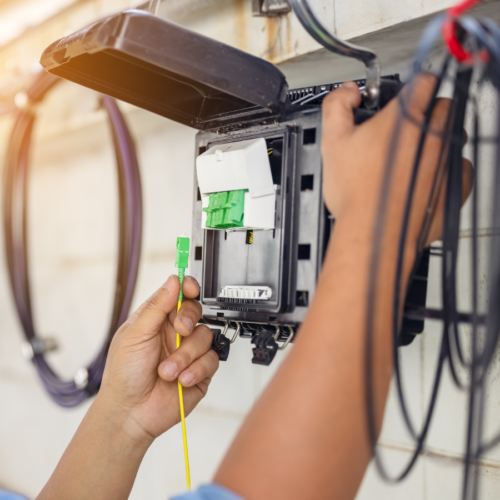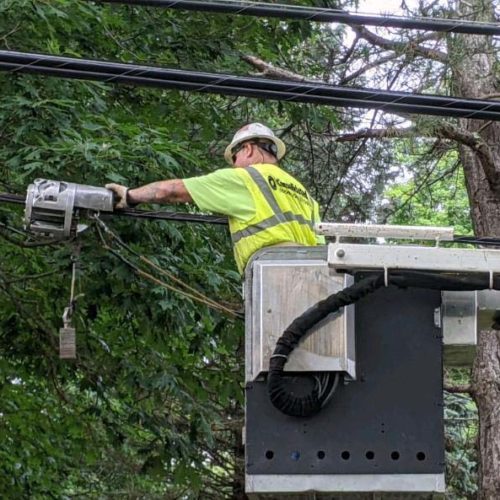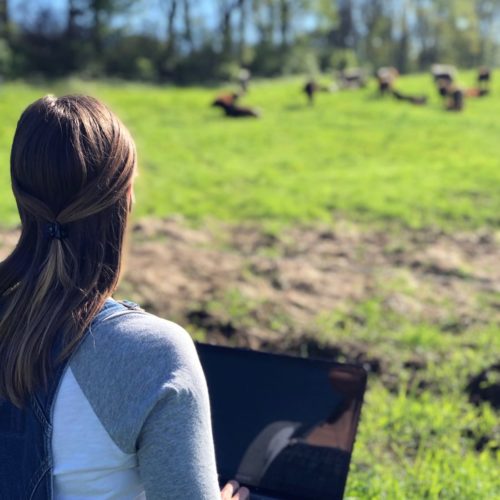Rural broadband – or lack of it
According the Federal Communications Commission (FCC), 39 percent of rural residents lack access to 25 Mbps/3 Mbps boadband or faster, while only 4 percent of their urban counterparts lack the same access. The USDA reports that 29 percent of America’s farms have no internet access at all. A woman in rural Pennsylvania had been struggling for several years to get broadband to her town. Finally, with the assistance of a petition and her member of Congress, the local telecommunications company installed DSL, only to have it stop one day because the equipment was removed and taken instead to a nearby city where it was claimed they needed it. Cases of people in rural areas being quoted more than $30,000 to hook their houses to fiber optic lines half a mile away.

Photo by Louis Moncouyoux on Unsplash
The FCC uses a download speed of 25 Mbps as a minimum; however, this speed is too slow for use in most business and telemedicine applications. With 39 percent of rural America lacking those minimum speeds and 29 percent of farms with no connectivity available at all, people in rural areas are at a decided disadvantage. School children in rural areas are at a disadvantage because they cannot do research at home for homework assignments and reports. People in need of medical help are at a disadvantage because the rural doctors do not have access to broadband for sharing medical information and remote diagnoses via telemedicine, even more critical due to the lack of doctors willing to practice in rural communities. Rural college students are at a disadvantage if they cannot opt to pursue their education through online college degree courses due to lack of high speed internet. Rural business owners and entrepreneurs are at a disadvantage because they cannot compete without high speed sales transactions and communications capabilities.
There is more than one solution to expanding broadband – for instance. DSL or fiber cable can be run to connect the fiber to towers for line-of-sight (LOS), or LOS systems from existing poles. However, the question is, whose responsibility is it to build out the last mile? Is it the responsibility of the federal or state governments? Or is it best handled at the county, or even municipal, level? And then again should the government take it on at all, or is it best left to the private sector?
To help find answers to these questions, CSG-ERC Agriculture and Rural Affairs Committee will hold a policy summit on the topic of rural broadband this spring. We will gather industry experts to present the latest information and new technologies available, plus legislators from our region will share the ways in which they have tackled the issue of build out in rural areas. Details and invitations will be coming soon.





